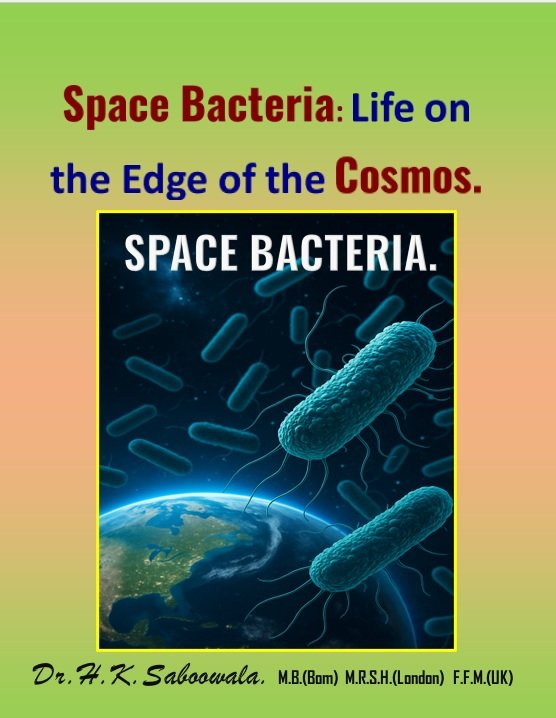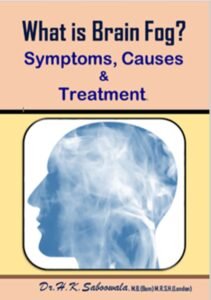For Medical Professionals, Researchers and Curious Minds
Introduction:
Life, as we know it, is not exclusive to Earth. In the harsh vacuum of space, bombarded by cosmic radiation and frozen temperatures, certain microorganisms have not only survived—they’ve evolved. Among the most fascinating of these are space bacteria: microscopic entities that challenge our understanding of biology and hint at life’s resilience in the cosmos. This blog explores their astonishing traits, where they’re found, and what they could mean for medicine, evolution, and planetary protection.
Developing radiation-resistant enzyme.
Understanding antibiotic resistance
Bioengineering novel therapeutics.
Studying panspermia—the theory that life could spread across the universe via microbes
The future of microbial medicine could literally be written in the stars.
Medical Implications for Future MedicineSpace bacteria offer incredible potential in:
What Are Space Bacteria?
Space bacteria are microorganisms that have either originated from Earth and adapted to space conditions or are found on extraterrestrial materials like meteorites.
These microbes include extremophiles, which can withstand intense radiation, near-zero gravity, and extreme cold.
Notable among them is Deinococcus radiodurans, often dubbed “Conan the Bacterium” for its near-indestructibility.
Where Are They Found?
Space bacteria have been isolated from:
The exterior of the “International Space Station (ISS) Meteorites that have landed on Earth Permafrost, amber, and glacial cores
Stratospheric samples collected via high-altitude balloons
These findings suggest that microbial life can persist in places long thought to be sterile.
Scientific Insights: What Have We Learned?
Scientists have observed that bacteria in space:
Mutate more rapidly in microgravity
Show increased biofilm formation (protective colonies)
Develop enhanced antibiotic resistance
alter gene expression for survival
These adaptations make them excellent models for understanding evolution under extreme conditions and help design better strategies for long-term space travel.
Risks: Dormant Threats or Harmless Fossils?
There is ongoing debate in the scientific community about whether these space bacteria could pose a threat to astronauts or Earth.
Some mutated strains could potentially
become resistant to current antibiotics
Reactivate pathogenic properties
Interact unpredictably with human immune systems
However, most findings so far suggest these bacteria are non-pathogenic, though vigilance is key.
Climate Change & Revival Concerns
Melting glaciers and thawing permafrost are revealing ancient bacteria and viruses—some dormant for thousands of years. These could re-enter ecosystems for which no current immunity or treatment exists. The study of space bacteria offers a blueprint for how ancient life may reawaken in a warming world.
Conclusion:
Space bacteria push the limits of what life can endure. Their study not only fascinates scientists but also holds immense value for medicine, planetary science, and future space exploration. As we prepare for interplanetary missions, understanding these resilient microbes may prove crucial for human survival.
Now Available at: https://drhakimemedivault.com
Cover Page of “Space Bacteria on the Edge of the Cosmos.”


“QR code” for purchasing the TITLE and “More Books “Linking to full CATALOGUE.
Medical Review
“An insightful and timely overview of how bacteria adapt and evolve in space. This work bridges microbiology and space medicine with clinical clarity — a valuable resource for researchers and health professionals alike.”
Dr. Nikhil R. Sharma, MD (Microbiology)
Institute of Space Health & Medical Research.Thank You Note
Thank you to all our esteemed readers and medical professionals for your continuous support.
Your feedback inspires us to publish more valuable and cutting-edge content.Dr. H.K. Saboowala, M.B.(Bom), M.R.S.H.(London), F.F.M.(UK)
— r. Nikhil R. Sharma, MD (Microbiology)
Institute of Space Health & Medical Research


